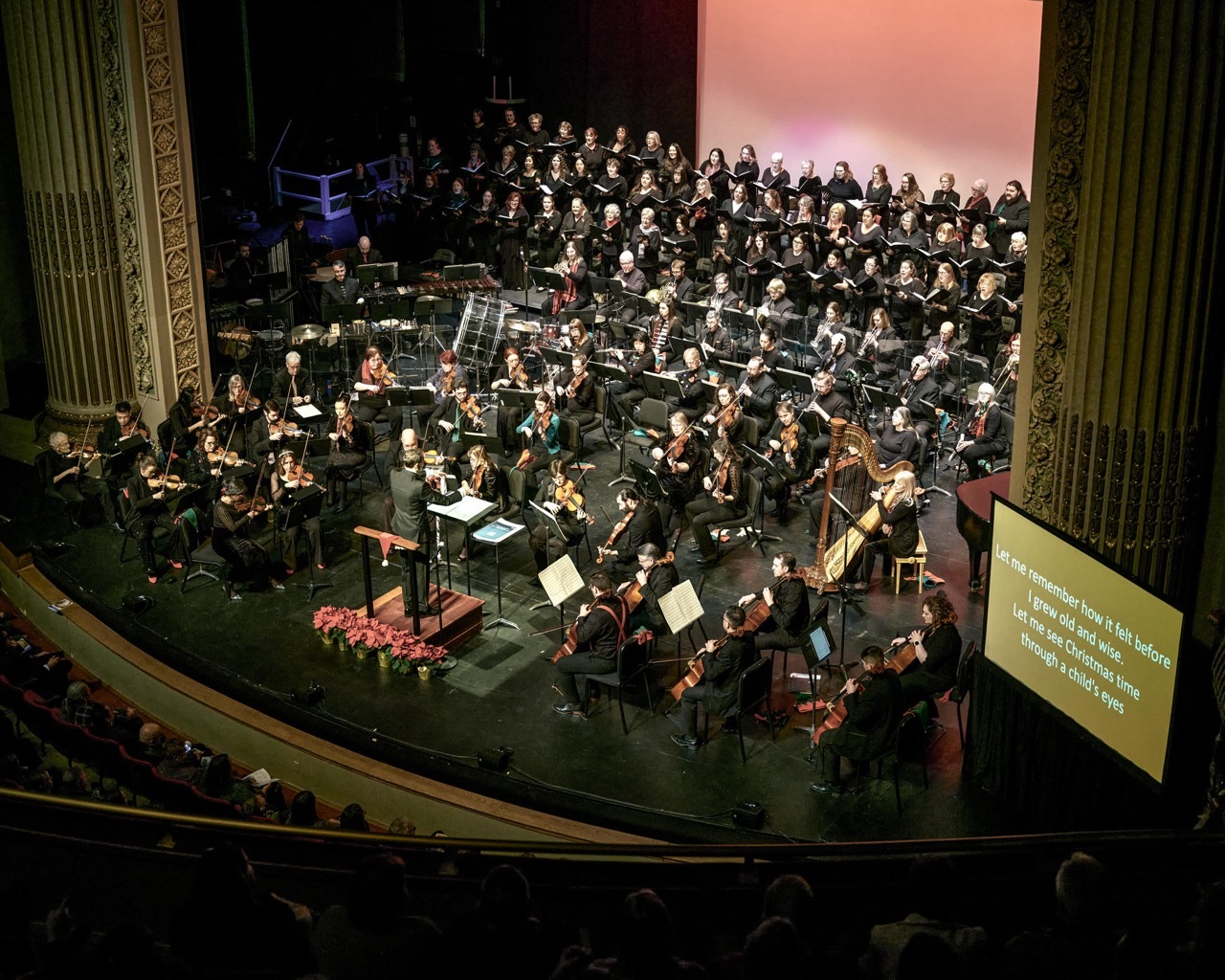From the Danube to the Moldau
11/22/2025, 7:30 PM

A symphonic journey through the great rivers of classical music.

11/22/2025, 7:30 PM

A symphonic journey through the great rivers of classical music.
of proud history to build upon, the YSO stands poised for decades of future growth and ever-expanding support to the Yakima Valley community.


Yakima Symphony Orchestra Announces ‘Holiday Pops Spectacular’

Enter a drawing for tickets to the next Yakima Symphony Orchestra concert!

The Yakima Symphony Orchestra is grateful for the support of our sponsors and partners that help us keep the music playing.